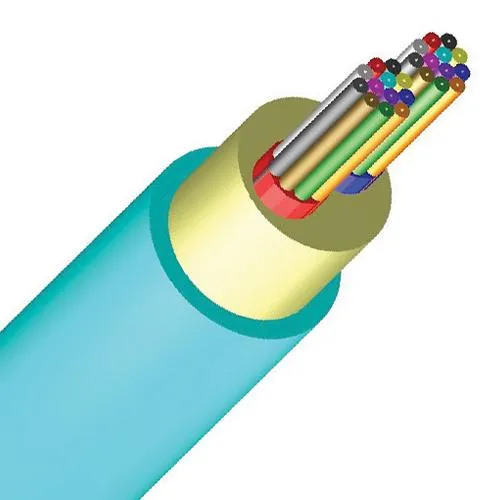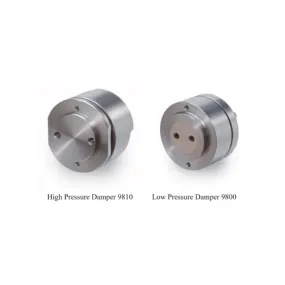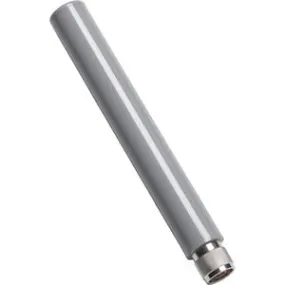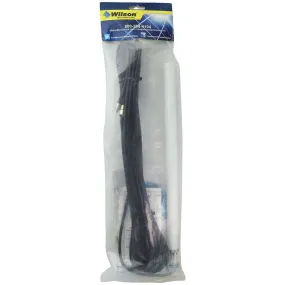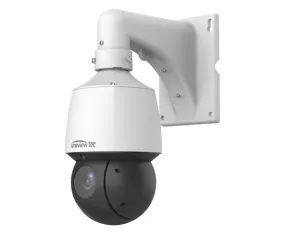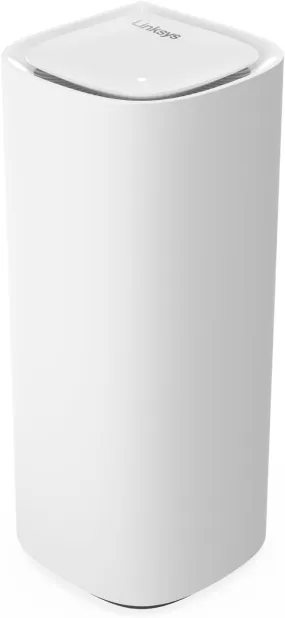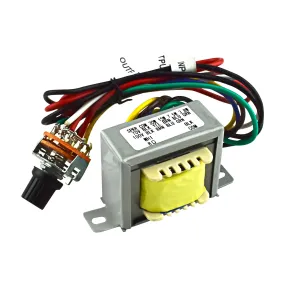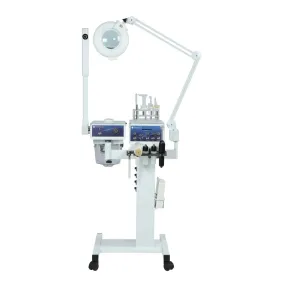(We do not offer credits or returns for this item.)
This fiber cable is priced per foot with a minimum order length of 3,280ft.
Note: This item must ship freight and requires a shipping quote. To request a shipping quote email us or call us.
If you would like to inquire about our custom fiber cable options such as terminated ends, or pulleyes please call us at (951) 824-1571
Description
Micro-Distribution High Density Fiber Optic Cable, Multimode, 50/125 10 Gig OM3, Indoor, Plenum
High Density Micro Distribution Cable is composed is composed of two contrasting color bound bundles of 12 colored glass optical fibers, aramid yarn, and a PVDF outer jacket. All component materials meet the EU RoHS and REACH Directive standards. High Density Micro Distribution Cable is available in 12 TIA standard colors or special-order colors. UL Listed OFNP cables are available, unrated cables may be supplied to accommodate special needs. Standard surface print denotes construction, NEC rating and fiber type, and includes footage markers. Custom print may also be accommodated.
Cleaning your fiber connector end faces and components regularly is crucial for avoiding a total network failure. Ensure your optical fiber system is working properly and prevent major network issues with and
Features
- 250μm colored bare fibers
- Small O.D. for tight spaces
- NFPA262(Plenum)
- Available in all fiber types
- Meets the application requirement of National Electric Code (NEC) Article 770
Applications
- Plenum Data centers.
Spec Sheet
Additional Information
Multi-Mode cable commonly has a diameter in the 50-to-100 micron range (typical multimode fiber core diameters are 50 or 62.5 micrometers). Multimode fiber gives you high bandwidth at high speeds (10 to 100MBS - Gigabit to 275m to 2km) over medium distances. Light waves are dispersed into numerous paths, or modes, as they travel through the cable's core typically 850 or 1300nm. However, in long cable runs (greater than 3000 feet [914.4 meters), multiple paths of light can cause signal distortion at the receiving end, resulting in an unclear and incomplete data transmission so designers now call for single mode fiber in new applications using Gigabit and beyond.




